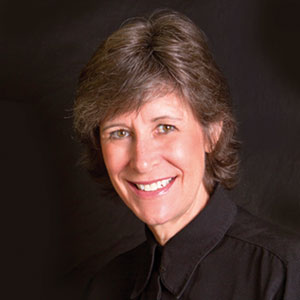A Very Wise Decision, Investing in PreK Education
An Early Childhood Learning Poem
Investing in high-quality preK has big payoffs, at the end of the day.
A good preK program, in only eight years, begins to pay for itself—big cheers! (Lynch, 2015)
What does high quality look like, you say? It’s guided by the science in every way.
Learning in the 21st century requires approaches that are contemporary.
Recommended practices, based in the evidence, are what should be used; it makes the most sense.
A strong body of research is used to define early learning practices, proven to be fine.
Consider what we believe about what young children can really achieve.
Reflecting on our own philosophy influences what preK should be.
Some preK practices, based on sentiment, have not facilitated good learning betterment.
Sometimes, what we have been told has been based on beliefs that, in truth, do not hold.
Let’s focus on what the recommendations are and strive to implement the best preK by far!
Early learning state standards provide a good frame for connections among each learning domain.
Each learning domain is described individually, but importantly, develops interconnectedly:
Attitudes toward learning, social-emotional, language-literacy, cognitive, and physical.
A very important overarching foundation is the development of children’s executive function.
EF components are cognitive flexibility, inhibitory control, and working memory.
The preK years are an incredible time for EF skills to build, to grow, and to climb.
When executive function skills become strong, ALL other learning domains come along.
The reciprocal nature of learning, keep in mind, is influenced when many skills are entwined.
As language, literacy, and cognitive skills grow, so do social, emotional, and self-regulation, you know.
Planning in preK should always include a scope and sequence of skills to be accrued,
With distributed practice and lots of repetition, the mission of preK comes to fruition.
A key teaching point is being intentional, with a focus on what’s appropriately developmental. (NAEYC, 2019)
A new DAP statement is about to come out, which supports this position, without a doubt.
Three main tenets include knowing what’s typical, knowing a child as an individual,
And attention to children’s home culture with influences to help them mature.
To determine young children’s learning progress, have an effective assessment process.
Knowing what children have already gained guides what needs to be taught and explained.
Literacy is so key to success, some elements that preK should possess
Include oral language, lots of word play, and alphabet learning across the day.
The talk that happens all day long facilitates learning, in all domains, to be strong.
Use self-talk when doing something new and parallel talk as children show what they can do.
Taking turns in conversation leads to development of executive function.
Question routines should first be literal with follow-up queries that are more inferential.
One of the most valuable preK routines is re-reading a well-chosen book, by all means.
Good books have complex language and rich vocabulary, and, preparation is absolutely necessary!
Developing robust phonological awareness has literacy learning potential that’s quite tremendous.
A young child’s ability to say words’ first sounds is one of the best later literacy predictors around.
The best ways to teach the alphabet, supported by research findings, as yet,
Include name, both shapes, mouth movement and sound, writing strokes, and where it is found.
Becoming a writer, another learning outcome, includes these layers, as a rule of thumb:
The letter strokes, their own name to write, and composing a message—each is a highlight.
One final comment is the importance of play in preK programs throughout the day.
A notion that children play to learn on their own, is one that empirical research has not shown.
Children first need our guidance to build a foundation that then can be deepened with play exploration.
So how about playful instruction with planful play guiding our preK implementation?
With this perspective, guided by science, provide young children with the experience
To build strong learning foundations in supporting developmental expectations.
High-quality early education development is a tremendous societal and monetary investment.
Guided by what science has compiled, we can make a big difference in the life of a child.


